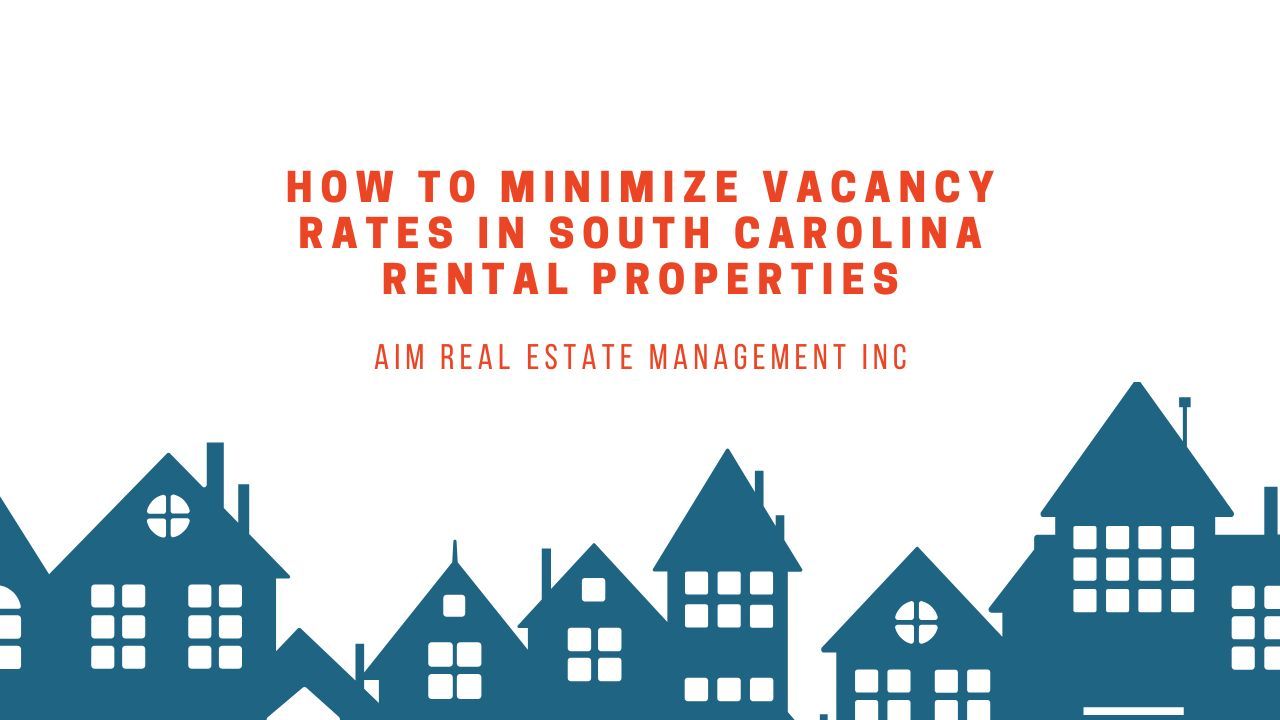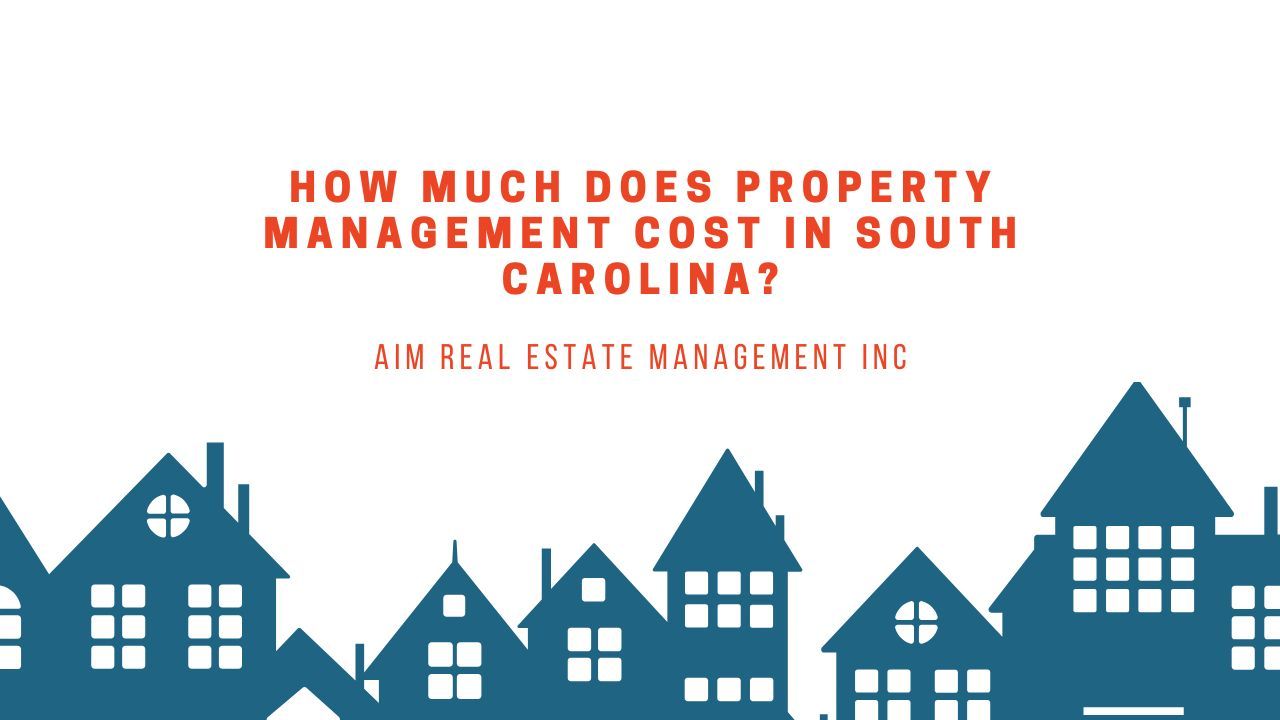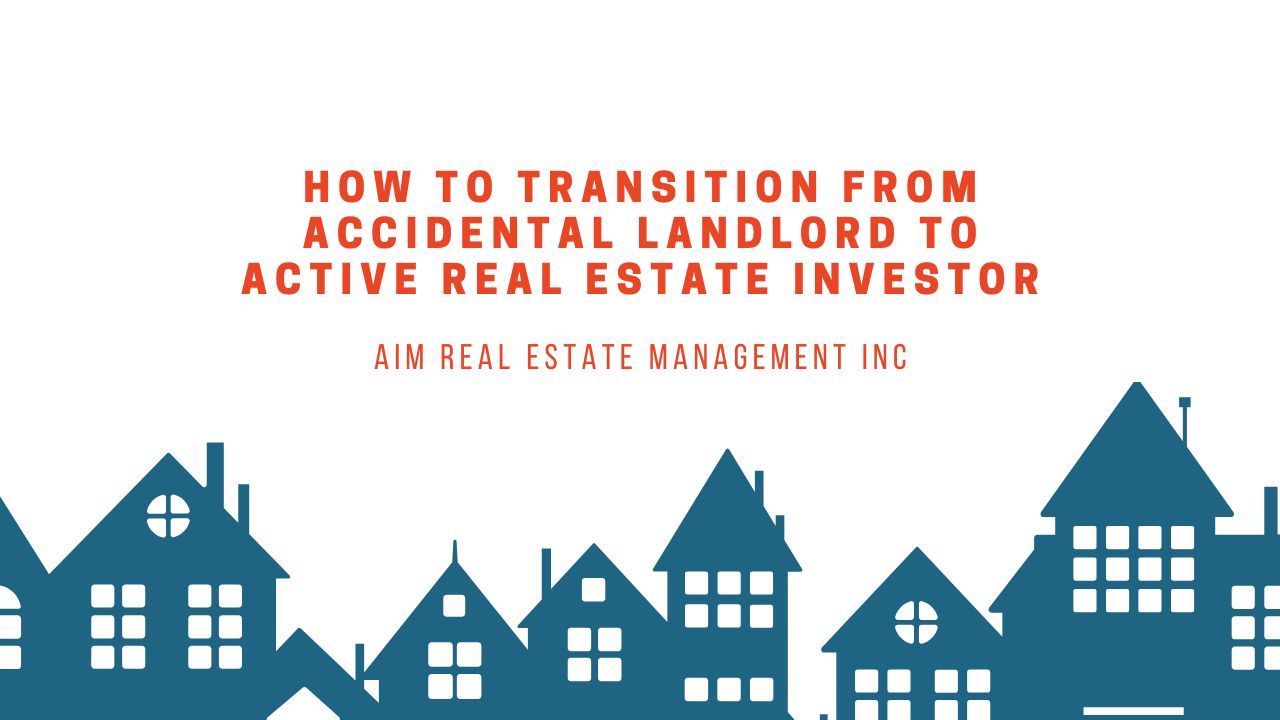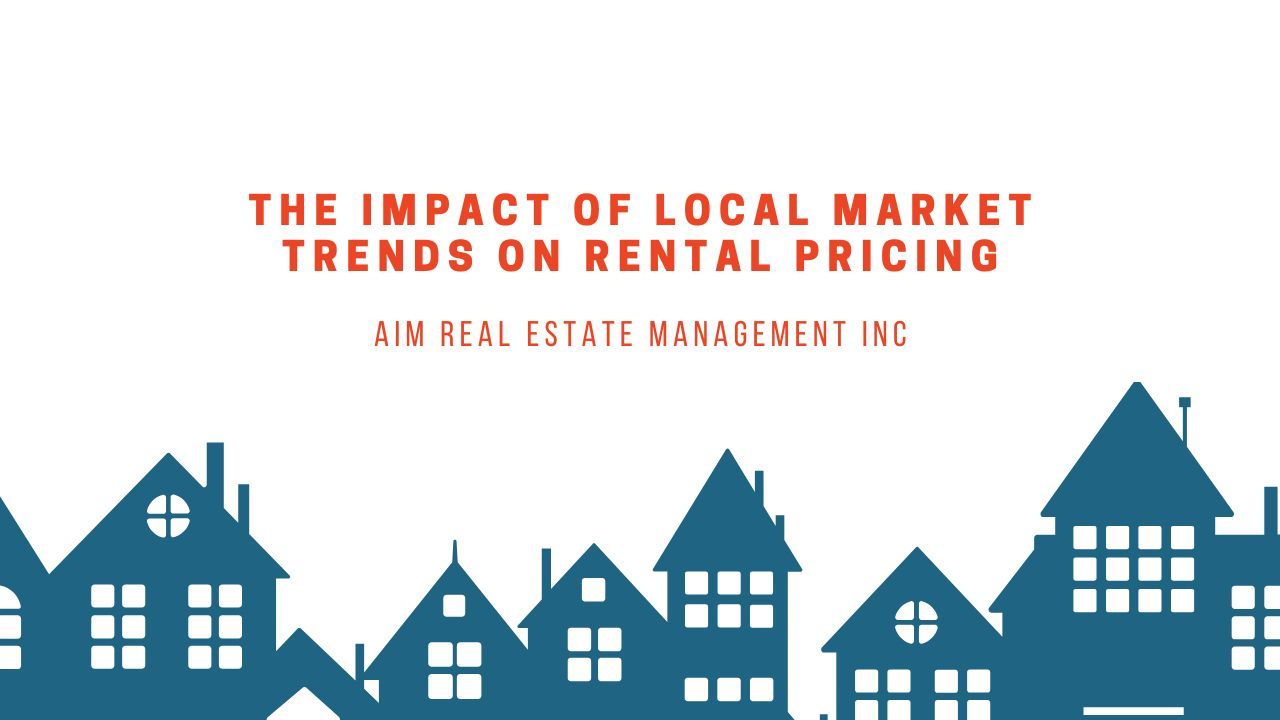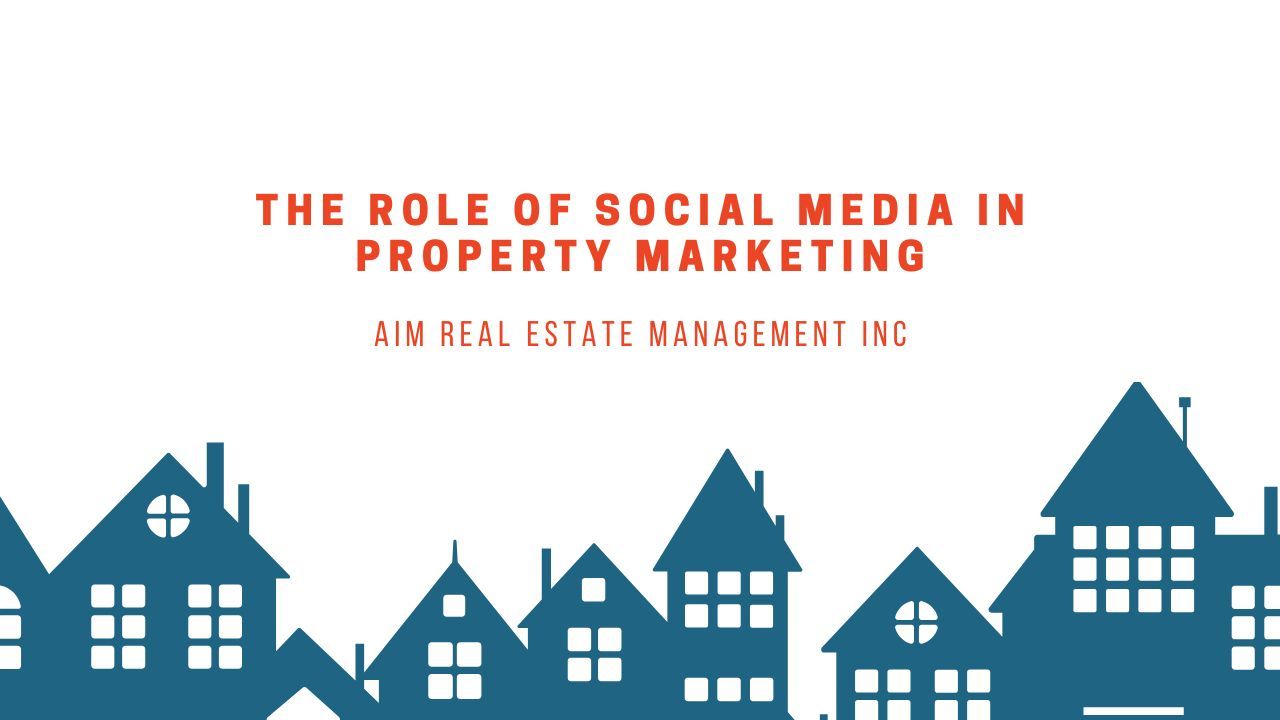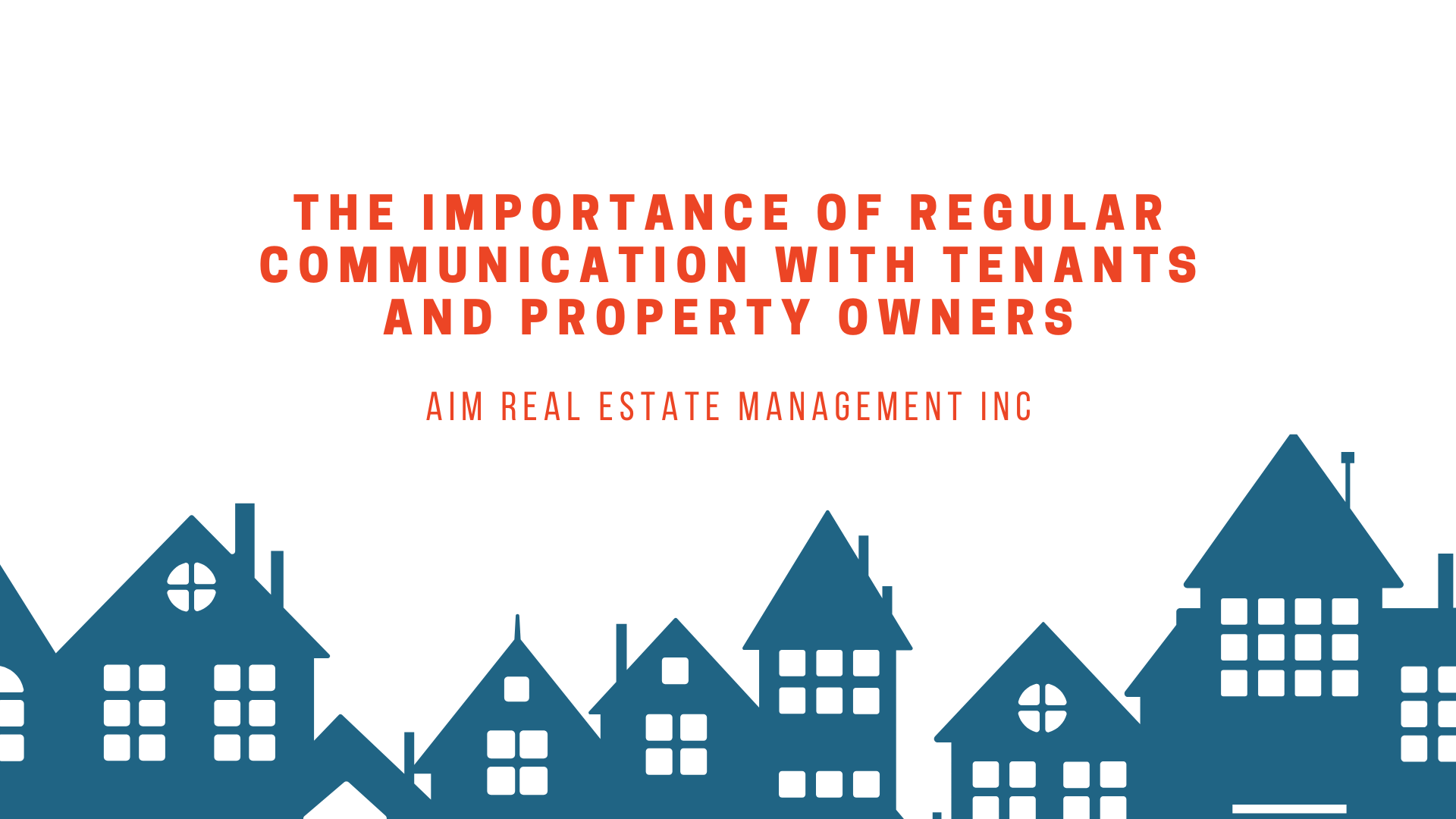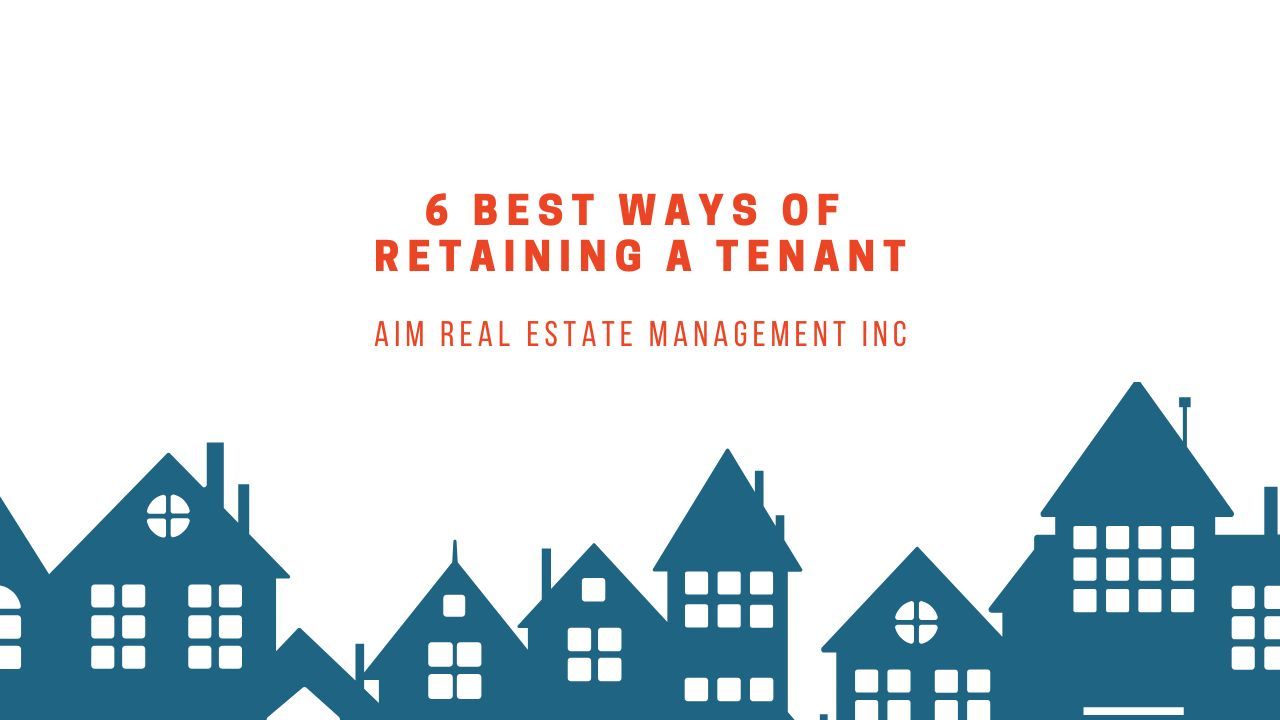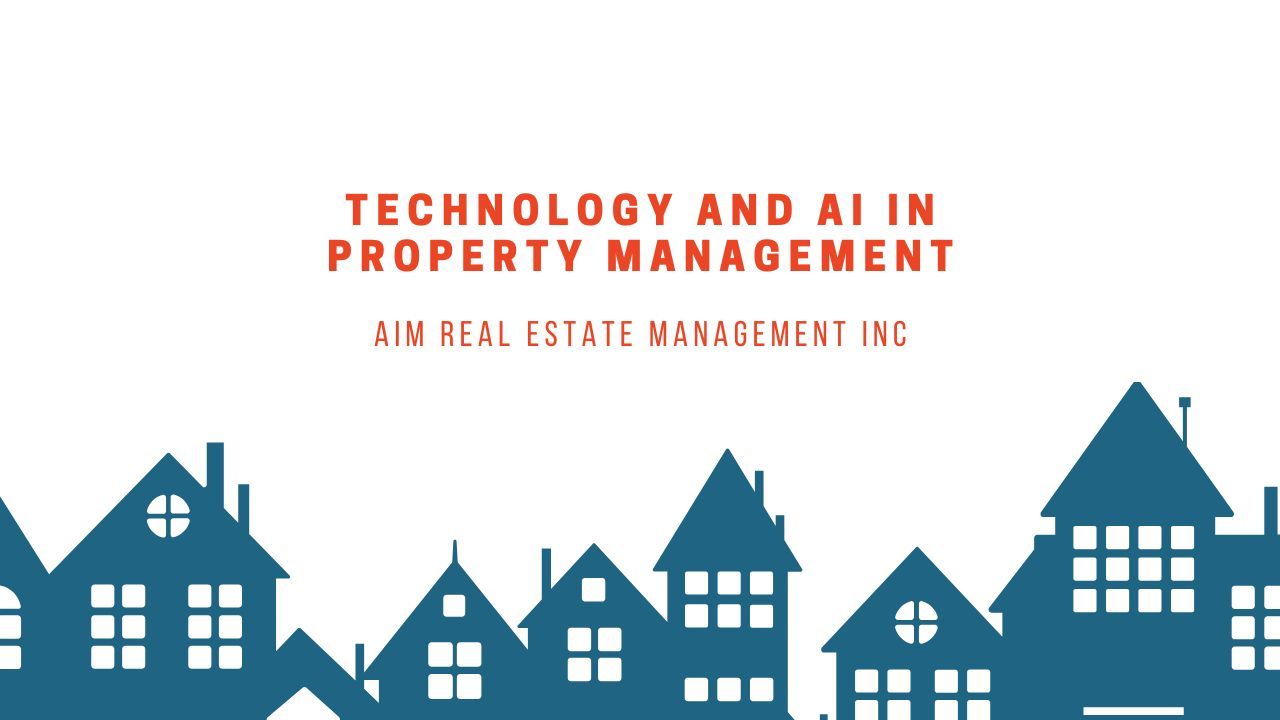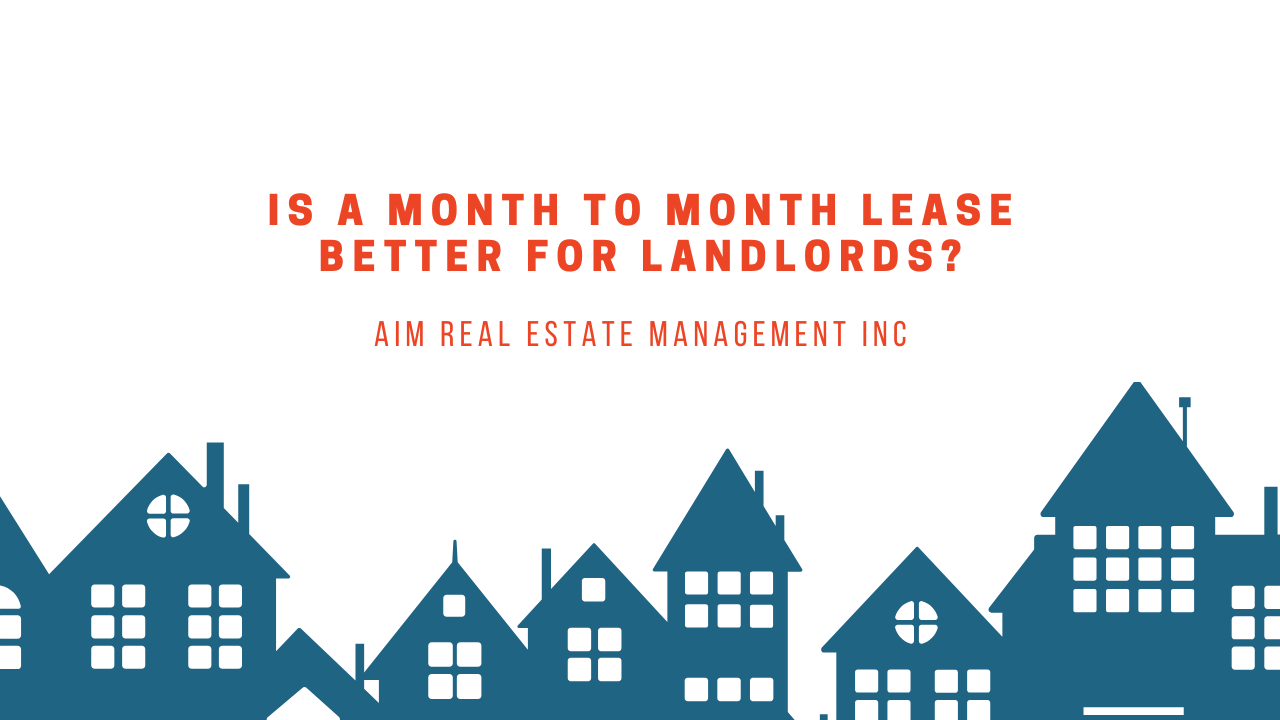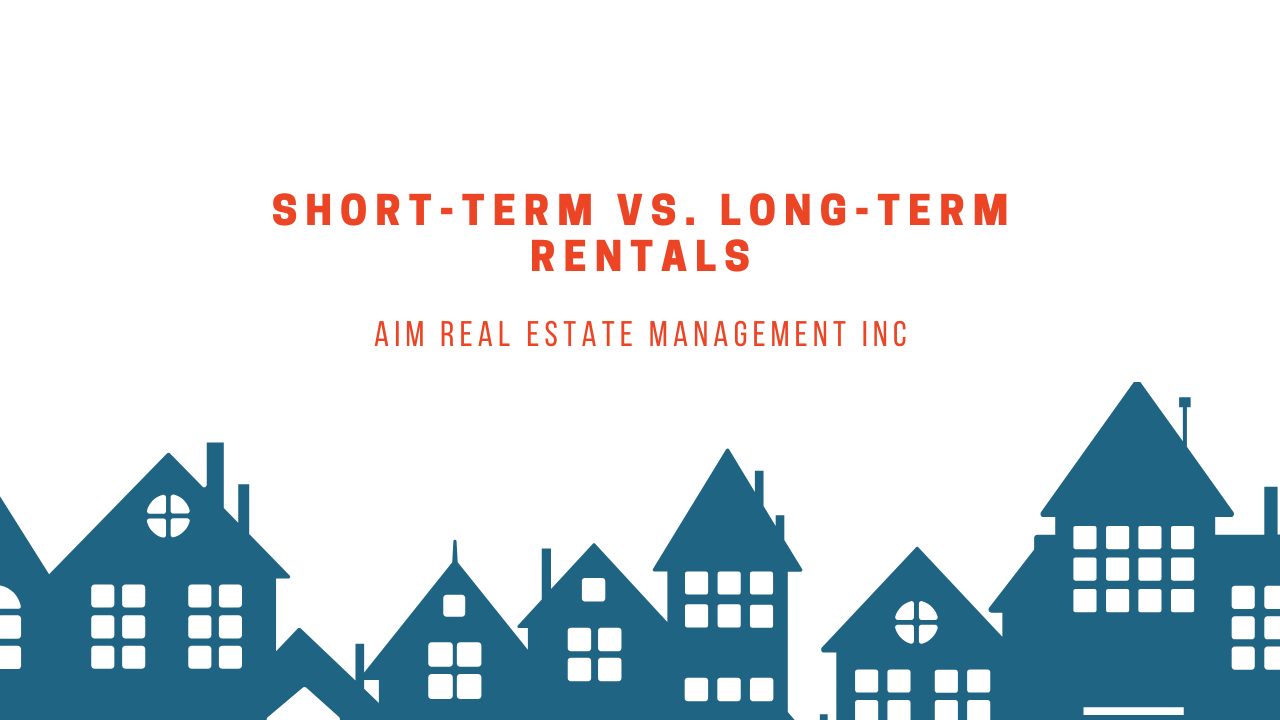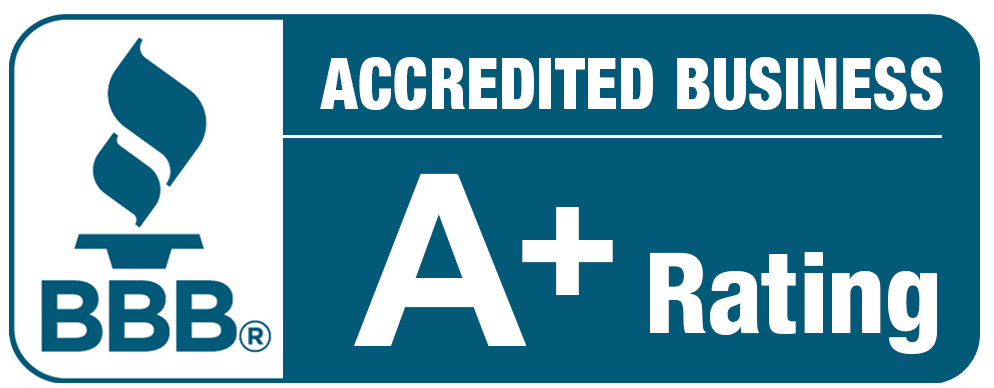Energy Efficiency and Sustainable Practices in Rental Properties
Key Takeaways
- Healthier properties attract better tenants – Eco-conscious renters value non-toxic environments and green features like air filters, natural materials, and outdoor spaces.
- Sustainability adds value – Green upgrades can lower utility costs, increase rent potential, and improve resale value.
- Start small and plan smart – Phased improvements and expert guidance help overcome cost and tenant resistance to eco-friendly changes.
- Promote your green efforts – Clearly market your sustainable features to stand out in a competitive rental market and build tenant trust.
The U.S. Department of Energy reports that residential buildings account for about 21% of total energy consumption nationwide. That means landlords, as property owners, have a significant role to play in energy use and environmental impact.
For those managing multiple rental units, small changes can add up to big differences in cost savings and sustainability.
Sustainable rental properties are no longer a future trend, they are a current necessity. Rising energy costs, stricter environmental regulations, and increasing tenant demand for eco-friendly living all point toward one conclusion: sustainable property management is smart property management.
Landlords who ignore this shift may find themselves struggling to compete in an evolving rental market. To support this transition, AIM Real Estate Management, Inc. has put together a comprehensive guide that outlines key strategies for improving energy efficiency and adopting sustainable practices in rental properties.
Building a Sustainable Rental Property: A Guide for Landlords
1. Laying the Foundation for Sustainability
Sustainability starts with a long-term mindset. Landlords should view their properties as part of a broader effort to reduce environmental impact. Future-proofing your rental business means aligning it with environmental goals and responsible resource use.
Understanding energy consumption is essential. Heating, cooling, water use, and lighting all contribute to operational costs and emissions. Reviewing utility bills and conducting an energy audit can help identify where improvements are needed.
It's also important to recognize that while adopting sustainable practices may involve upfront costs, the long-term savings and
property value increases make them worthwhile.

Sustainability does come with challenges, such as budgeting for upgrades or educating tenants about eco-friendly practices. The benefits, lower expenses, improved tenant satisfaction, and positive brand reputation, make it a valuable investment.
2. Sustainable Design and Renovation Strategies
Renovation is an ideal time to introduce sustainable changes. Replacing old materials with environmentally responsible options can improve indoor air quality and reduce the carbon footprint of your building.
Look for materials that are durable, non-toxic, and sustainably sourced. For example, bamboo flooring, recycled steel, or reclaimed wood are popular options that combine function with eco-conscious design. Low-VOC paints and adhesives also promote healthier indoor environments.
Sustainable design also includes proper insulation, energy-efficient windows, and layout improvements that support natural light and ventilation. These elements reduce energy demand and can improve tenant comfort.
3. Energy Efficiency in Rental Properties
Prioritizing energy efficiency begins with identifying and addressing the biggest areas of energy loss. Often, outdated heating and cooling systems are a major culprit. Upgrading to energy-efficient HVAC systems can drastically reduce energy bills over time.
Small upgrades, such as installing LED lighting, programmable thermostats, or motion-sensor switches, can also make a noticeable impact. These changes are typically affordable and easy to implement across multiple units.
Appliance selection matters too. Energy Star-rated refrigerators, dishwashers, and washers use less electricity and water, which benefits both the landlord and tenant. These upgrades not only cut costs but can be attractive selling points when marketing units.
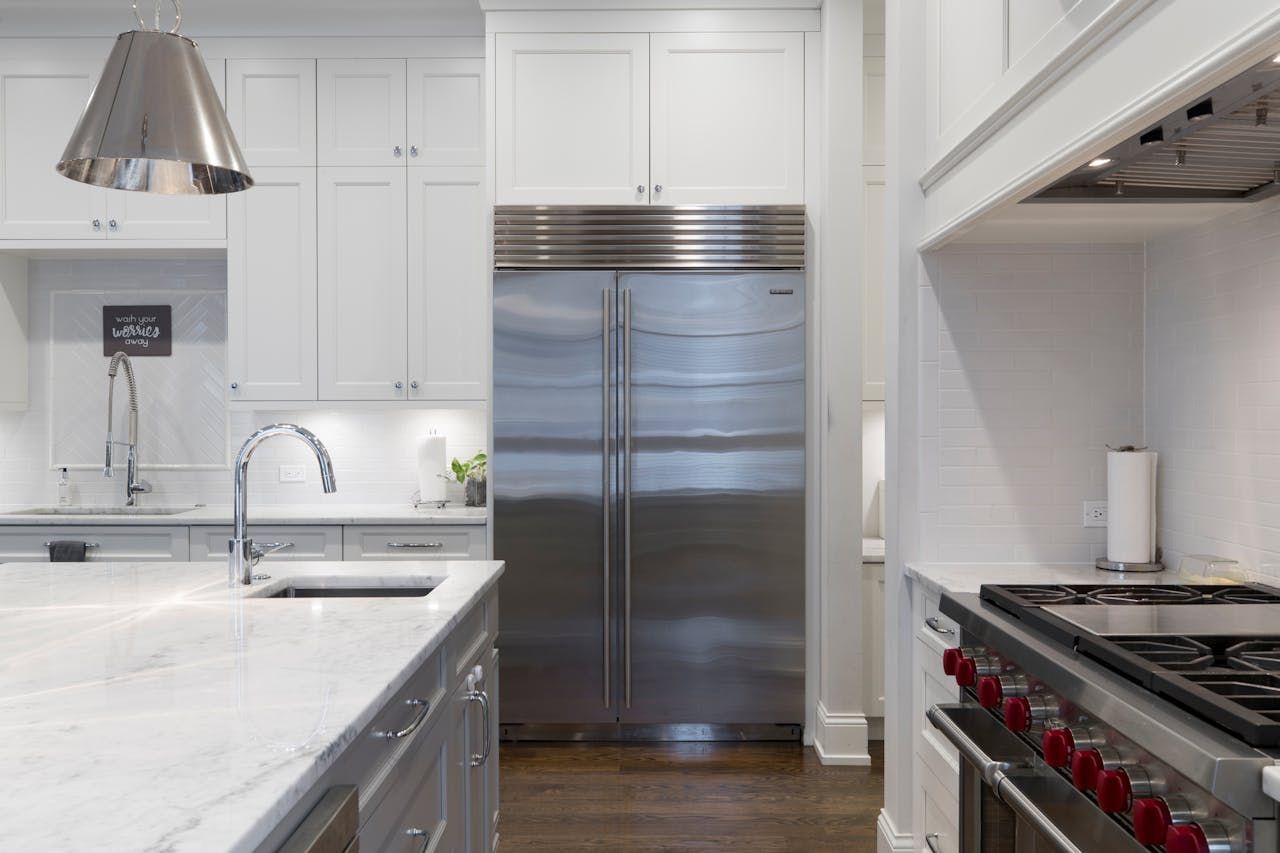
For landlords looking to take a bigger step, renewable energy options such as solar panels can offset electricity use. While the initial investment can be high, available incentives and long-term savings make them worth considering for larger buildings or long-term holdings.
4. Water and Waste Management
Reducing water use is a crucial part of a sustainable property strategy. Low-flow showerheads, dual-flush toilets, and faucet aerators are easy to install and can lead to significant reductions in water consumption.
Regular maintenance is key. Leaky faucets or outdated plumbing can waste thousands of gallons of water annually. Conducting routine inspections and educating tenants on responsible water use can make a big difference.
Waste management is another important factor. Providing clearly marked recycling bins and compost options, along with regular reminders, encourages tenants to sort waste properly. Some landlords also offer pickup for bulk recyclables or sponsor community clean-up events to reinforce their commitment to sustainability.
5. Supporting Healthy, Eco-Conscious Living
Tenants today are increasingly aware of environmental and health concerns. Supporting a non-toxic living environment adds value to your rental property.
Choose green cleaning products for common areas and provide tenants with a list of recommended eco-friendly brands. Avoid harsh chemicals when maintaining units and opt for plant-based or biodegradable alternatives.
Design decisions also influence tenant lifestyles. Providing indoor air filters, using natural building materials, and including outdoor green spaces or gardens can promote healthier living environments and make your property more desirable.

6. Overcoming Barriers and Maximizing Value
Sustainability does present challenges, such as the cost of upgrades or resistance from long-term tenants unfamiliar with eco-friendly features. However, these issues can be managed with planning and communication.
Landlords should set realistic budgets and phase improvements over time. Partnering with professionals experienced in green building and property management can also help navigate technical or regulatory hurdles.
The financial upside of sustainability is clear. Properties with lower utility costs can command higher rents, attract more responsible tenants, and reduce turnover. Sustainable upgrades often increase resale value and may qualify for tax incentives or rebates, adding to their return on investment.
7. Engaging Tenants and the Market
Marketing your property as environmentally friendly is an effective leasing strategy. Eco-conscious renters often seek features such as energy-efficient appliances, recycling programs, and green living spaces.
Highlighting sustainable features in listings, brochures, and tours helps set your property apart. Be transparent about your energy-saving upgrades and water-saving measures. Clear communication shows tenants you care about their health, comfort, and the environment.
Landlords should also stay informed on best practices. Attending workshops, reading industry publications, or working with companies like AIM Real Estate Management, Inc. ensures you're keeping pace with evolving sustainability standards.
Bottom Line
Energy efficiency and sustainable practices are no longer optional for rental property owners. From design and renovation choices to water and waste management, there are many practical steps landlords can take to improve sustainability and reduce costs.
These efforts not only help the environment but also make your property more appealing to today’s tenants and more resilient in a competitive market.
AIM Real Estate Management, Inc. helps landlords take the guesswork out of sustainability. With our experience in property management and green building practices, we guide landlords through upgrades, cost analysis, tenant engagement, and long-term planning.
Whether you're starting with small changes or taking on a full renovation, our team is here to help. Get in touch with
AIM Real Estate Management, Inc. today.
